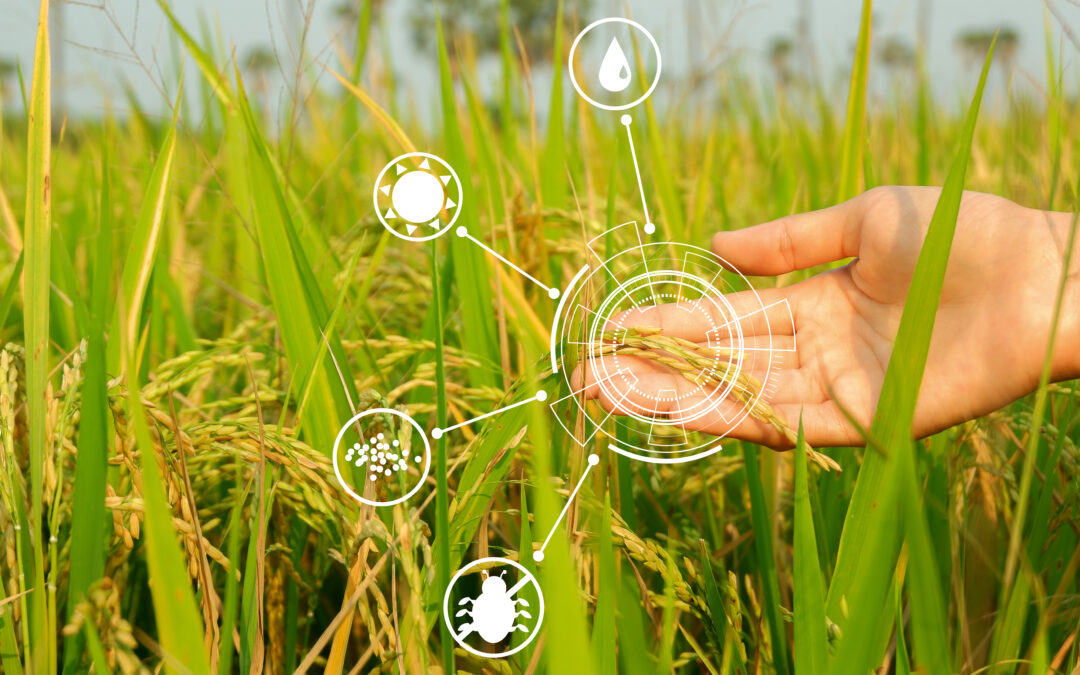Explore a path to more sustainable food systems.
“Animal meat is environmentally inefficient… The caloric conversion ratios — the calories it takes to grow an animal versus the calories that the animal provides when consumed — is extremely unbalanced. It takes 8 calories in to get 1 calorie out of a chicken, 11 calories to get 1 calorie out of a pig and 34 calories to get 1 calorie out of a cow. Alternative protein sources, on the other hand, have an average of a 1:1 calorie conversion. It takes years to grow animals but only hours to grow microbes”.
What is precision fermentation [PF] and why is it so promising?
“GOOD Meat plans to sell their first batch of cultivated chicken to Chef José Andrés, who operates more than 30 restaurants across the country and plans to serve the inaugural dishes at a yet unspecified D.C. location. Upside Foods will be distributing their initial lot to Michelin-starred San Francisco restaurant Bar Crenn”.
Meanwhile, in Japan, they’re creating the first wagyu beef in a lab and Perfect Day, the world’s first lab-grown dairy company, has been milking microbes instead of udders to launch milk products made from precision-fermented whey. Today, there are several products on the US market using Perfect Day’s “animal-free-milk-protein” such as: Graeter’s animal-free, lactose-free, frozen dessert, Modern Kitchen Cream Cheese, etc. Even the multibillion dollar candy / pet food company, Mars Inc. is using Perfect Day’s animal-free dairy proteins to make a milk chocolate bar – CO2Coa. The new chocolate bar, a more eco-friendly choice, is in line with Mars’ larger goals to achieve net-zero carbon emissions by 2050.
Perennial grains
As discussed in part 1, we know farming is one of the most ecologically destructive things humans do. Plowing large fields & harvesting annual grain crops destroys the bacteria / fungi ecosystem in the soil, robs the soil of its fertility, and causes topsoil erosion. Using herbicides and pesticides releases toxic chemicals in the air, high nitrogen farm runoff spills into waterways creating dead zones, etc. are other ways farming contributes to environmental degradation. Additionally, while growing monoculture crops is simpler and more efficient to manage, it depletes the soil of nutrients & makes the crops susceptible to being wiped out if there is a disease / pest problem.
Luckily we have a group of dedicated researchers who are working to develop a more sustainable form of agriculture to adapt to a changing world. For over 40 years, researchers at The Land Institute on the prairie near Salina, Kansas have been grappling with the question:
“How can we harness the inherent strengths of the prairie ecosystem — the natural resistance of native plants to insects and weeds, the ability of those plants to grow perennially, and their evolved resistance to cold and drought — and marry those traits to the task of growing domesticated crops for food?”
“ Kernza is a perennial plant, meaning it sprouts from the same roots year after year, unlike wheat and almost every other commercially produced grain, which are annuals that require replanting. Kernza’s 10-foot roots are more than twice as long as those of annual wheat, so the crop needs far less irrigation and fertilizer to thrive. Even more significant is that perennial Kernza plantings sequester immense quantities of carbon from the atmosphere, unlike the immense swaths of corn, soybeans, wheat and other commodity crops blanketing the earth today, which release carbon from the soil every time they are tilled for a new planting…We are trying to get agriculture away from the extractive economy and into the renewable economy.”
Government Intervention / Open Source
We can see how both these techniques – precision fermentation [PF] and growing perennial grains – offer great benefits to the world, but only if we manage to prevent large corporations from patenting these innovations. Today, four corporations — Bayer, Corteva, ChemChina and Limagrain — control more than 50% of the world’s seeds. If these gatekeeping monopolies gain control of intellectual property rights of the techniques we’ve discussed, the global food supply would, once again, be held by the same corporations now monopolizing the global grain and meat markets. In many cases these innovative technologies were first discovered using public resources, but without strongly enforced anti-trust laws, we could end up with private corporations owning the rights to meat, milk and eggs. We must ensure the patenting of key technologies remains in the public domain – open source , to have the widest possible distribution of ownership.
Conclusion
The bottom line is, [PF] provides a pathway to creating a nutritionally sound & ethically produced food system. Compared to our current industrial farming system, [PF] uses a fraction of the natural resources & has the potential to do away with food insecurity, pollution costs associated with factory farms, loss of rainforests / biodiversity, etc. Even better, if the world were to move forward with [PF], lands formerly used to grow animals & their feed, could be rewilded, ensuring access to clean air / water & a sustainable future for all of us. With their deep roots and resilient structures, perennial grains enable us to weather unpredictable climatic events.
I’m interested in these two techniques because while I don’t have any children, I worry about the future world children will inhabit. My niece, Mia loves animals & may want to become a farmer. If she continues on that path, I hope she’ll have plenty of perennial grains to work with as well as a small precision fermentation facility on her land. Perhaps she’ll have a few chickens, a pig and various other animals living happily in her barnyard. If [PF] remains open source, Mia could use the cells of her farm animals to provide food for her local community. Hence, Mia’s neighbors could rely on her to keep them fed and the farm animals would get to live the idyllic farm life depicted in the childhood songs / stories.
